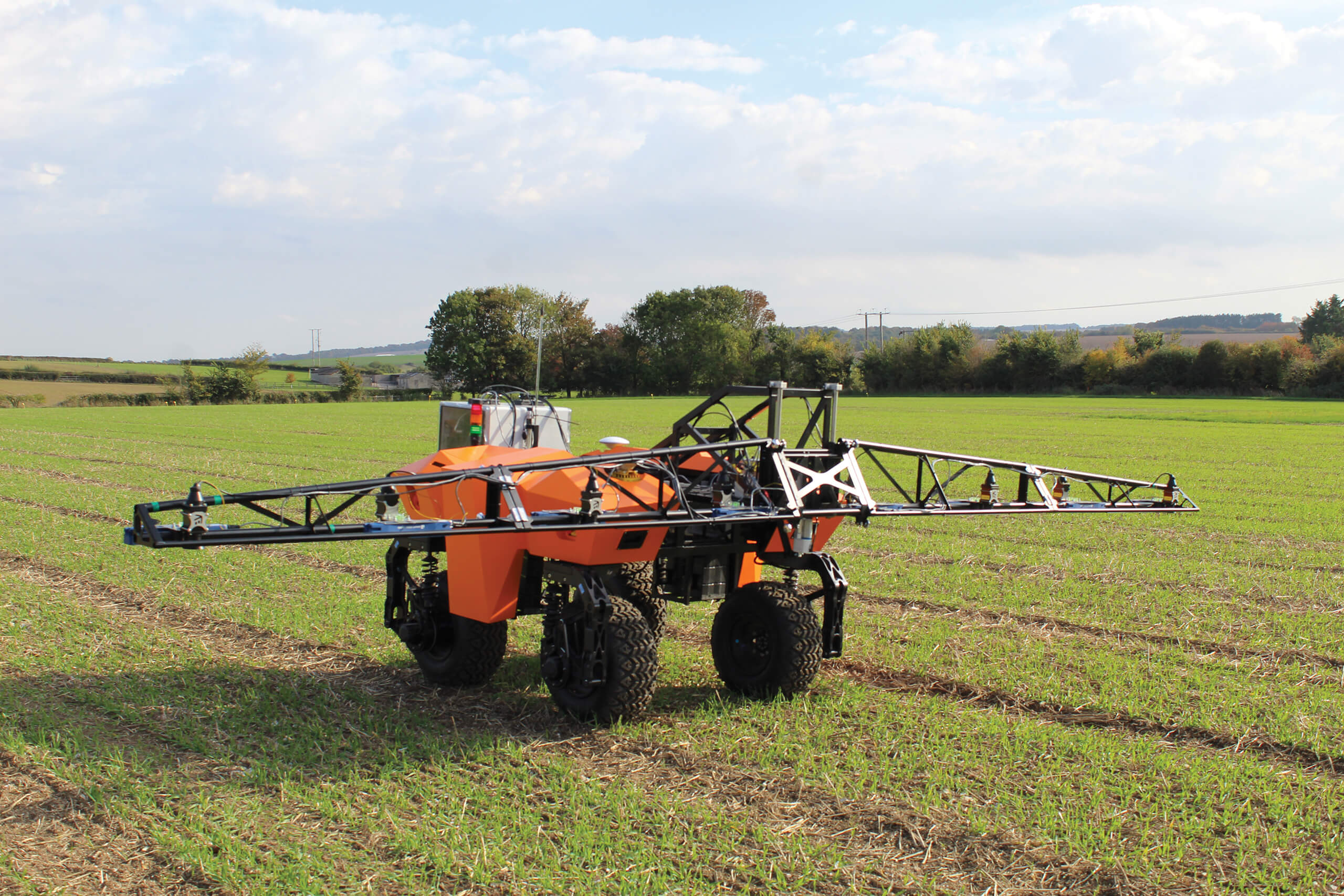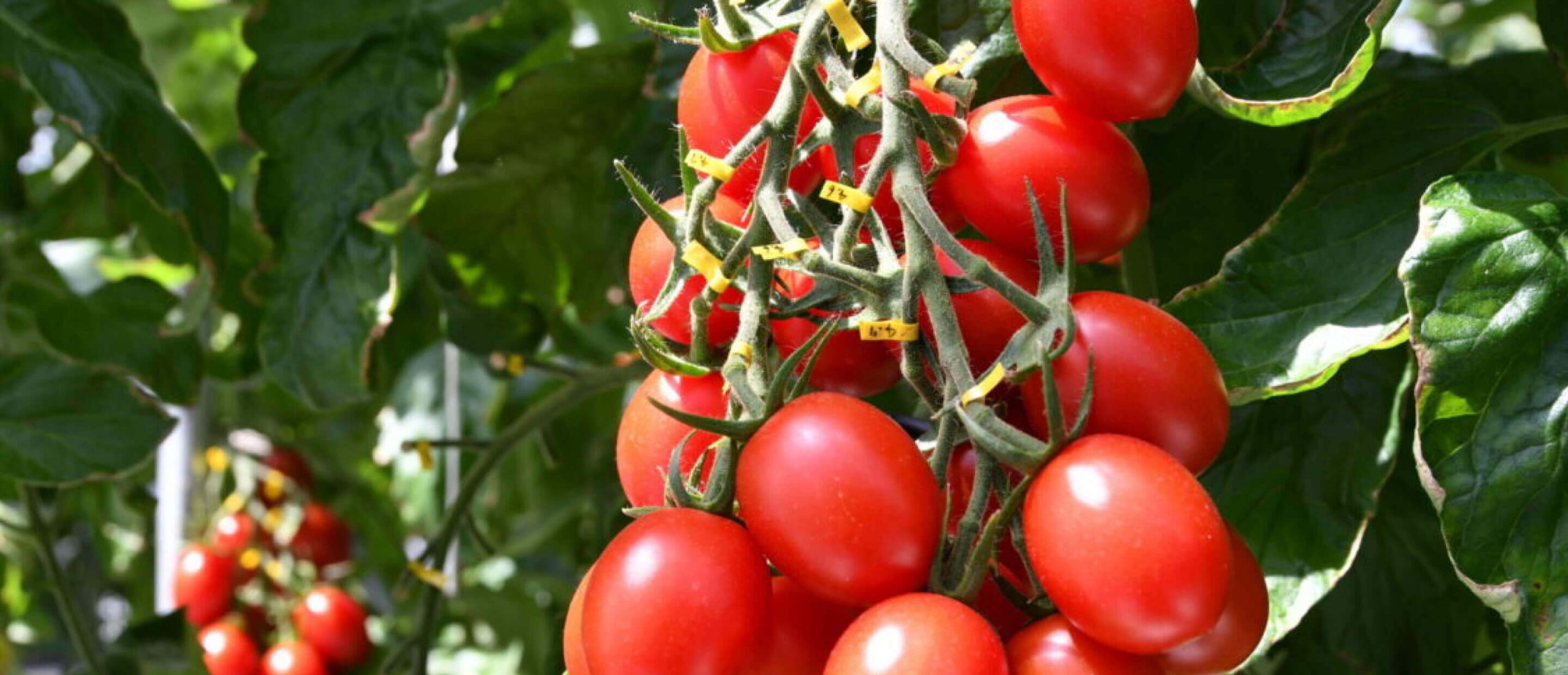
Independent market intelligence agent Mac Marshall predicts an important shift in agricultural trade flows in 2025 and beyond.
Making market projections requires a combination of instinct and insight and no one can present an outlook with any certainty. Yet forecasts remain a critical tool for farmers as they plan crops, lock in forward pricing agreements and use trends to guide future planting strategies. Former Vice President of Market Intelligence for the United Soybean Board, Mac Marshall has spent his career in market intelligence. Now an independent advisor, he gives his views on some of the major forces that may influence markets, now and in the future.
Views on Agriculture: What are the key drivers in agricultural markets and what influence will they have in 2025?
Mac Marshall:
There are several foundational drivers that always exist in agricultural markets with proximate, intermediate or longer-term structural impacts – weather and climate, the international trading system, and the intersection of economic and demographic shifts. Weather-related disruptions, such as droughts, floods, and other extreme weather events, will continue to be a major factor influencing agricultural production and yields. We’ve seen major agricultural production regions impacted across the globe in recent seasons emanating in part from the El Niño-Southern Oscillation (ENSO) climate pattern.
There’s likely to be a move away from the globalized trade system of the past 80 years, with countries taking a more “home country first” approach and evaluating trading relationships. This could significantly impact global trade flows of agricultural commodities and is truly a potential paradigm shift. The economic and demographic trends that reshaped commodity demand over the past several decades (i.e. China) are reaching inflection points, which will further impact the outlook for agriculture. These foundational drivers are expected to have a significant influence on agricultural markets in 2025 and beyond, leading to increased volatility, shifts in trade patterns, and changes in the structure of global agricultural production and demand.
A leading commodities forecaster predicts big shifts in agricultural trade flows in 2025 and beyond.”
Views on Agriculture: Why is China such an important influencer of global markets and how is it changing the way it’s conducting business?
MM: China has been a hugely influential player in global agricultural markets over the past 20-plus years for a few key reasons. The country’s rapid economic growth and expanding population have driven a massive increase in demand for agricultural commodities, making China a dominant buyer on global markets. Entry into the World Trade Organization in 2001 further integrated China into the global trade system and enabled it to become a major importer of agricultural products. China’s scale as a producer and consumer of agricultural goods has given it an outsized impact on global supply, demand, and pricing dynamics. But this is starting to shift. China’s economic growth has slowed in recent years, and its population is now actively declining. This means China’s role as the central driver of global agricultural demand may diminish going forward. China has been shifting some of its agricultural sourcing away from the U.S. and towards South America, suggesting a potential decoupling from the U.S. in agricultural trade. This points to China forging new trade alliances and relationships that could further reshape global agricultural markets.
Views on Agriculture: How are these shifts in global markets likely to affect volumetric production, which has been such a huge driver of value for countries, such as the U.S., that are the most efficient agricultural producers?
MM: Volumetric, commoditized production may not be the ideal system for all participants going forward, as the world becomes more fragmented and trade patterns shift. As countries take a more “home country first” approach and focus on local production and demand, the emphasis on maximizing export volumes may diminish. This could mean the value derived from pure production volume may start to decline, requiring a shift towards creating new structures of value that better support the financial stability of farmers. Ultimately this shift could spur the need for more innovation and the development of new market channels that can provide additional revenue streams for farmers. Examples include innovation in bioplastics to replace petroleum products and renewable diesel.
Views on Agriculture: What are the policy signals from governments that allow private sector investors to have some degree of certainty in their investment decisions moving forward?
MM: Clear and consistent policy signals – both in design and implementation – help create
a more predictable market environment for agricultural products. This applies to innovation- forward policies on both the production and demand sides, like in the case of biofuels. Policies that incentivize and de-risk private investment in innovative technologies and value-added products derived from agricultural production, such as sustainable aviation fuel or other bio-based materials, can help provide the private sector with the confidence to make long-term investments in the agricultural economy and support the transition towards more sustainable and resilient production systems. Biofuels are a critical demand channel, and this sector enables the U.S. to leverage one of its foundational strengths, which is its efficiency of agricultural production.
Views on Agriculture: How are farmers supported as they adopt more sustainable farming practices?
MM: There are costs associated with transitioning to more sustainable practices, and we need to ensure the value created is equitably shared across the supply chain so farmers can bear those costs without being financially imperiled. There’s a danger of too much specificity in policy, which can discourage farmers from adopting the solutions viable for their businesses. It’s important to design programs and incentives that are tailored to the specific regional and farm-level constraints, rather than taking a one-size-fits-all approach. This requires engaging directly with farmers to understand their needs and challenges. Farmers
are the true practitioners of the land so when it comes to helping to de-risk production, we should engage with them and build trust and collaboration between farmers, policymakers, and consumers to align incentives and create
a supportive environment for sustainable agriculture. This includes providing clear policy signals that protect investments in sustainable practices.




